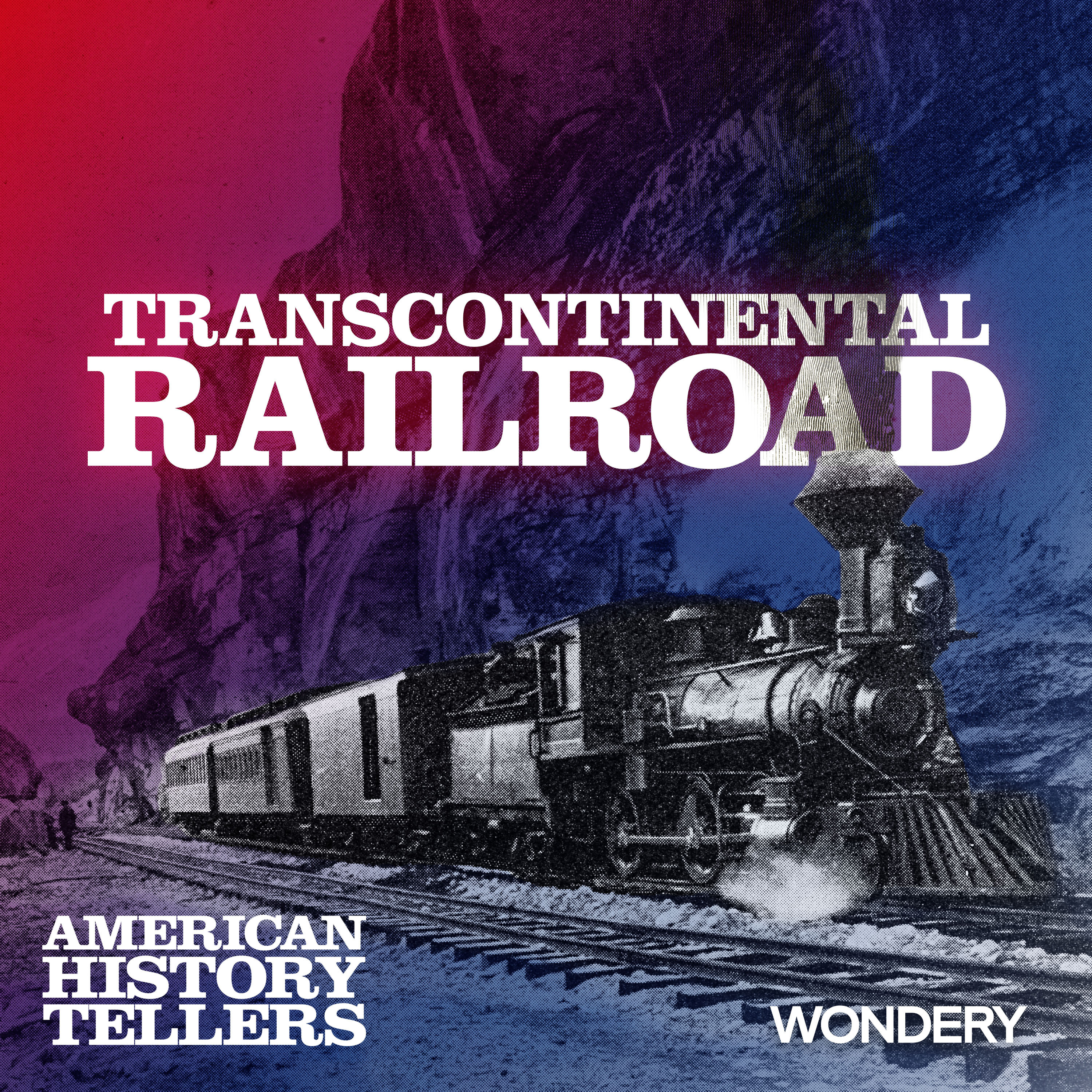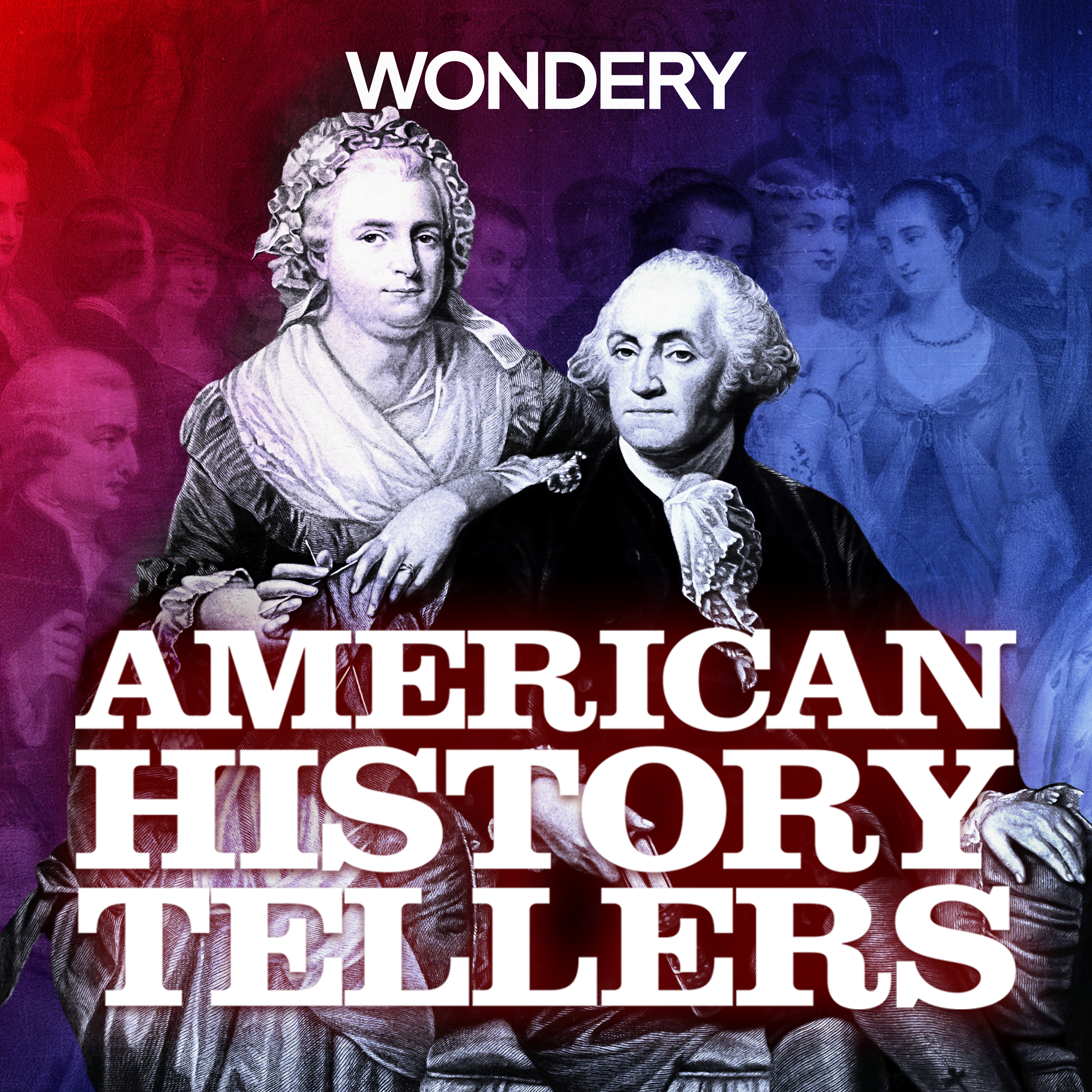
Key Insights
Why did Theodore Judah focus on building a transcontinental railroad?
Judah was obsessed with the idea of connecting the United States from coast to coast, believing it would be a monumental achievement that only the federal government could finance.
What were the main obstacles to building the transcontinental railroad?
The primary obstacles included the need for a proper survey to estimate costs, the lack of consensus on a route due to slavery debates, and the formidable natural barriers such as the Sierra Nevada Range.
How did the Civil War impact the progress of the transcontinental railroad?
The Civil War delayed progress as debates over slavery and secession dominated Congress. However, after the South seceded, the absence of Southern opposition allowed for the passage of railroad legislation.
Why did potential investors in San Francisco initially reject Judah's proposal?
Investors were skeptical due to the high costs, technical challenges, and the uncertain political climate. They also had substantial investments in wagon and shipping companies that could be threatened by a railroad.
What role did the Big Four play in the Central Pacific Railroad Company?
The Big Four (Huntington, Hopkins, Crocker, and Stanford) provided the necessary capital, managed construction, and influenced political decisions to ensure the railroad's success, despite their lack of railroad building experience.
How did the Big Four manipulate the survey to benefit the Central Pacific Railroad?
They altered Judah's survey to show the foothills starting closer to Sacramento, which increased the amount of government bonds they could claim for mountainous terrain, amounting to an additional $480,000.
Why did Theodore Judah ultimately fail to maintain control over the Central Pacific Railroad?
Judah was unable to raise the funds needed to buy out the Big Four, who controlled the majority of the company's stock and had the financial means to outmaneuver him.
What was the significance of the Pacific Railway Act of 1862?
The act provided the legal framework and financial incentives for building the transcontinental railroad, offering land grants and government bonds to the companies that would construct it.
Chapters
- Judah's determination to find a workable pass through the Sierra Nevada.
- The potential economic benefits for the mining town of Dutch Flat if a route is found.
- The technical challenges of constructing a railroad through steep grades and solid granite.
Shownotes Transcript
In October 1860, railroad engineer Theodore Judah looked out across California’s Sierra Nevada range, dreaming of a railroad that would connect the United States from coast to coast. It was the start of a decade-long endeavor to build the world’s first transcontinental railroad.
Two competing railroad companies would eventually begin construction, but laying nearly 2,000 miles of iron track across America’s expanse would require vast sums of money – and unimaginable feats of engineering.
Order your copy of the new American History Tellers book, The Hidden History of the White House), for behind-the-scenes stories of some of the most dramatic events in American history—set right inside the house where it happened.
Listen to American History Tellers on the Wondery App or wherever you get your podcasts. Experience all episodes ad-free and be the first to binge the newest season. Unlock exclusive early access by joining Wondery+ in the Wondery App, Apple Podcasts or Spotify. Start your free trial today by visiting wondery.com/links/american-history-tellers/ now.
See Privacy Policy at https://art19.com/privacy) and California Privacy Notice at https://art19.com/privacy#do-not-sell-my-info).
